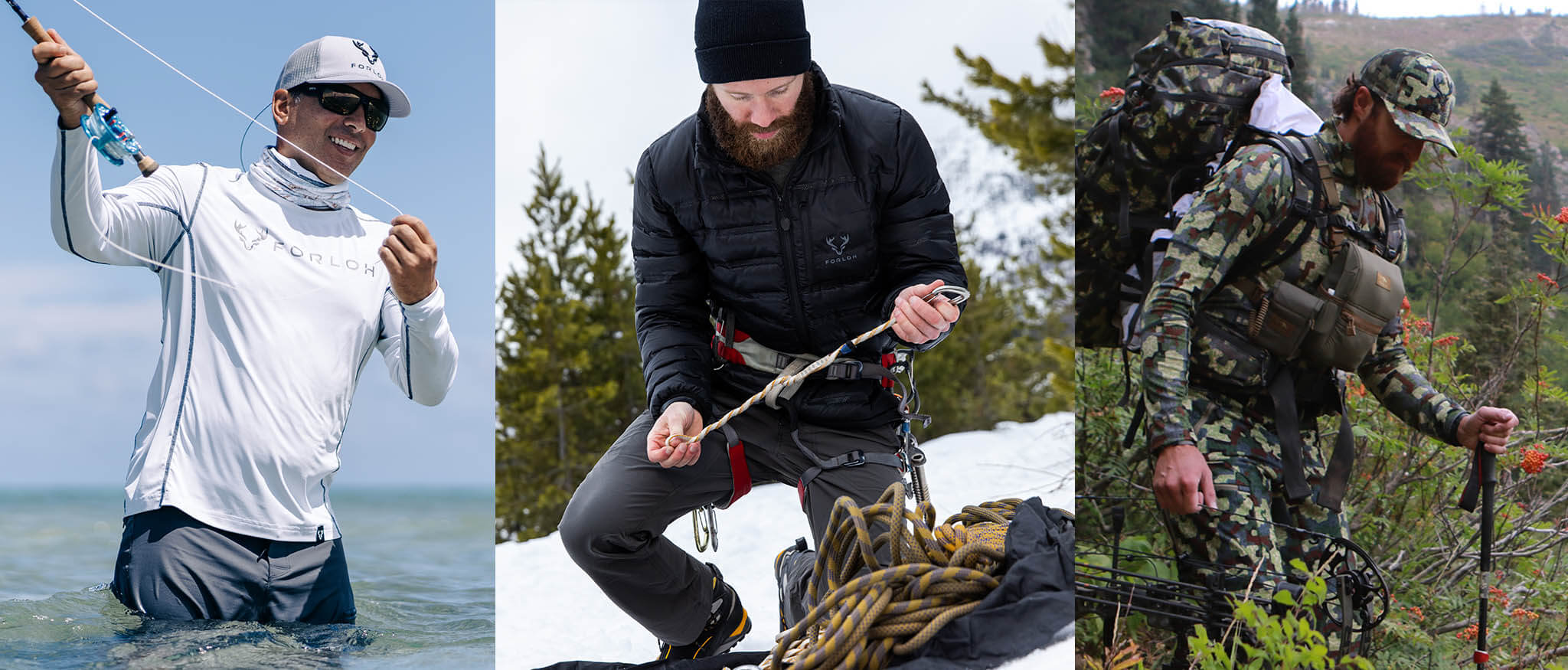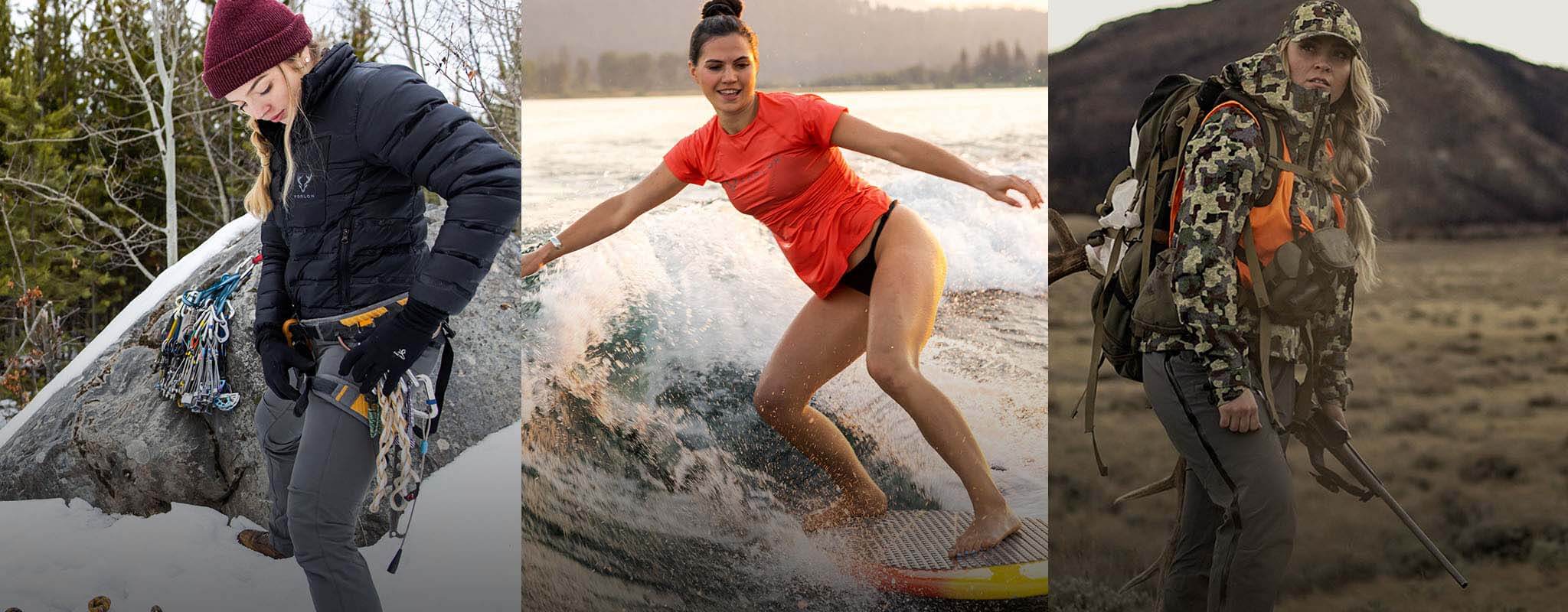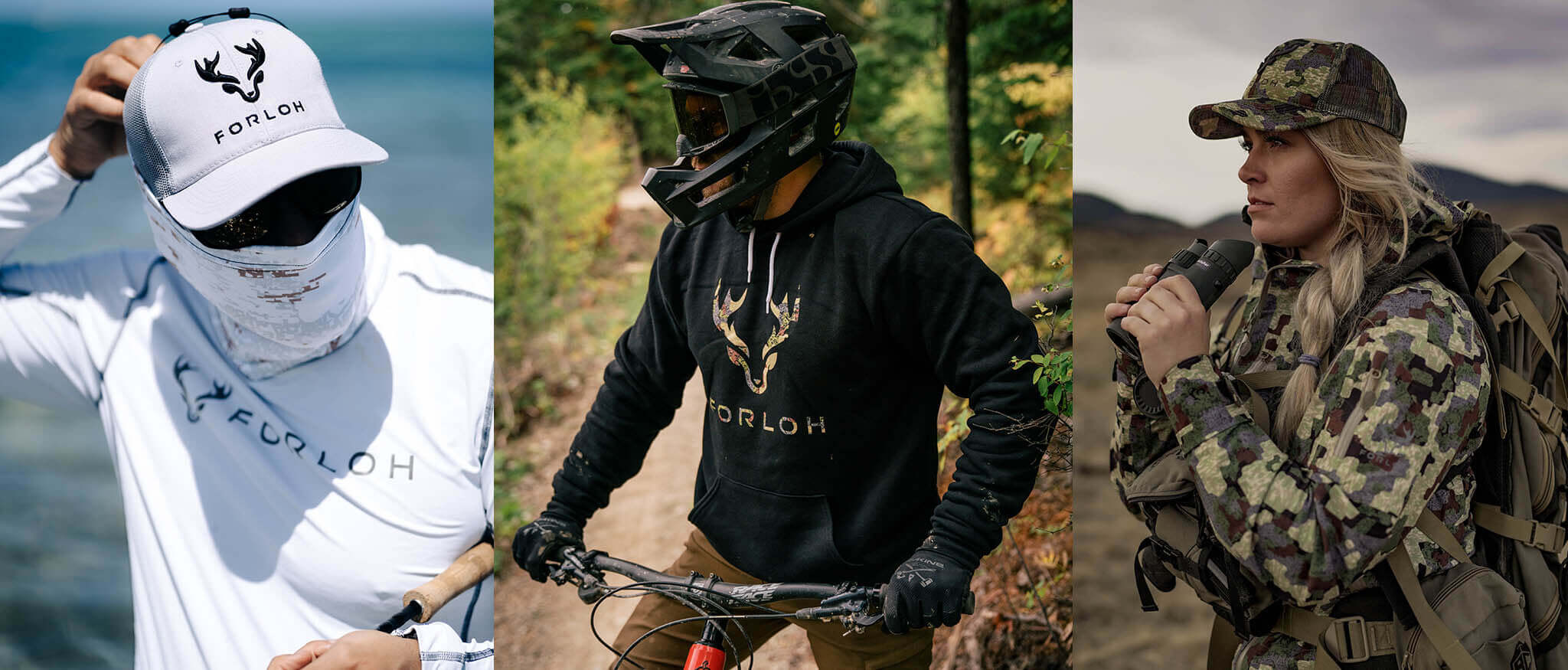Hunting from a treestand is a well known and often used strategy. Deer don’t tend to look up for predators, giving hunters an advantage.
Their effectiveness means they are ubiquitous, especially if you are pursuing white-tailed deer in the East. But ask anyone who has climbed up steps in the dark, or used a climber that slipped, or had a strap break and they will tell you it is one of the most traumatic events a hunter can experience.

Treestands help hunters see deer and other animals, but they come with risks. The statistic taught in hunter education is that 30% of everyone who uses a treestand will have an accident. Furthermore, 60% of those who had an accident resulted in a spinal fracture, the average age was 40, and the resulting hospital stay was 10 days. All that math adds up to the need to know, and practice tree stand safety.
Fall arrest systems (FAS) save lives. They save hunts. And they save families from needless heartache when they prevent an accident. For decades now, new treestands have come with a safety harness and a DVD (now usually a video link) that instructs the user how to safely and properly don a FAS.
If you've landed here, you likely have some questions: When should a hunter wear a fall arrest system? How exactly do these systems work? And what do I need to consider when purchasing one?
When Should a Hunter Wear a Fall Arrest System (FAS)?
The answer to this question is easy: Any time your feet are off the ground, your harness should be on and you should be maintaining multiple points of contact. This includes:
- When climbing a tree (or anything, really)
- When hanging a tree stand using climbing aids
- When entering and exiting a tree stand
- While hunting from a tree stand
How Does a FAS Work?
Fall Arrest Systems try to minimize the risk of climbing and hunting elevated positions. They are modeled after mountaineering harnesses and modified for the specific application of hunting. The harness is snugly fitted to the body over the shoulders and around the thighs. An individual steps into the harness and pulls the top portion on like a coat and connects each side in the middle on their front. The tree tether then connects to a lineman’s belt above the hunter; this minimizes the actual distance a hunter would fall. Once a fall has occurred, the suspension relief strap hooks into the harness (usually around the tail) allowing the wearer to place a foot in the loop and stand up. This can help prevent compartment syndrome if a hunter is hanging for a length of time waiting for help. There are distance assist devices that can allow the hunter to slowly lower to the ground.

Pictured: Men's SolAir Hooded Long Sleeve Shirt & Men's SolAir Lightweight Pants
What are the Main Components of a Fall Arrest System?
FAS are deceptively simple, but each part must be correctly affixed to work in tandem. The main components of this system include:
- Full-body harnesses. This safety vest is very effective in supporting the body upon suspension.
- Tree Tether. This is the component that attaches the full-body harness to the tree strap tether or lineman’s belt. It features shock-absorption qualities.
- Suspension relief strap. This provides a loop to stand in case a hunter falls.
What Should You Include in Your FBH/FAS System?
Fall arrest systems, also known as full body harnesses (FBH), have additional components that you should include alongside this system.
- Climbing belt. Also known as a lineman's belt, it wraps around a tree to help balance when climbing. It should always be above your head with the tree tether free of obstruction or wrapped around an arm or neck.
- Safety lines. Once installed, this rope provides you another point of contact to the tree as you climb. While they might seem cumbersome, the security they add makes them worth it.
- Prusik knot. A climber’s best friend, this knot is easy to learn. The importance of the prusik knot is to provide a secure knot that can be adjusted as you climb and if a fall occurs, the knot cinches on itself, securing your fall.
- Carabiner. Do not pick this up at your local mega-mart. Go to a climbing store and get one that has a fall rating appropriate for your climbing height and weight. These are used to attach your tree tether to your lineman’s belt.
- Descent Assistant Device. These compact spools of line are connected to the FAS and the tree and can slowly lower the hunter to the ground. They are a one time use and can add complexity to the process.

Pictured: Men's AllClima Soft Shell Jacket & AllClima Stretch Woven Pant
Additional Safety Guidelines
- Take the time to read the manufacturer's instructions for each piece. If there is a video, watch it. Complacency breeds comfortability, which is dangerous when climbing.
- Always check your equipment before climbing; look for :
- Loose stitching
- Frayed and cut straps
- Broken claps and connections
- Expiration dates
- Adjust your harness so it is snug, but not overly tight. Make sure the thigh loops are free from sensitive areas.
- Never unfasten your harness completely from the tree until you are on the ground.
- Try to keep three points of contact when you climb.
What if I Fall?
It can happen to any of us, at any time. Preparing now will ensure you will be ready to extricate yourself quickly.
- Before you climb, make sure your suspension strap is easily and quickly available. Also make sure your phone or satellite communication device is also accessible with one hand.
- Stay calm. If you have followed the instructions, then your gear is working to keep you from falling.
- Attempt to get back in your stand or climbing assists.
- If you are unable to do so, apply your suspension strap and call for help. Keep moving your legs and using the strap to stand.
- Once down, get medical attention.
- Replace ALL components of your FAS. This is not the place to try to save a few bucks and you don’t know what damage you can’t see.
Every year nearly 3,000 hunters will fall from a treestand. While we can mitigate most risk, we can never eliminate it entirely. Maintaining a thoughtful approach, and taking the time to learn how to properly use your Fall Arrest System, will ensure you can enjoy many future hunting seasons to come.
Related: 10 Hunting Safety Principles, What Should Every Prepared Hunter Carry For Outdoor Emergencies?
Featured Items: SolAir Hooded Long Sleeve Shirt , SolAir Lightweight Pants, AllClima Soft Shell Jacket , AllClima Stretch Woven Pant







